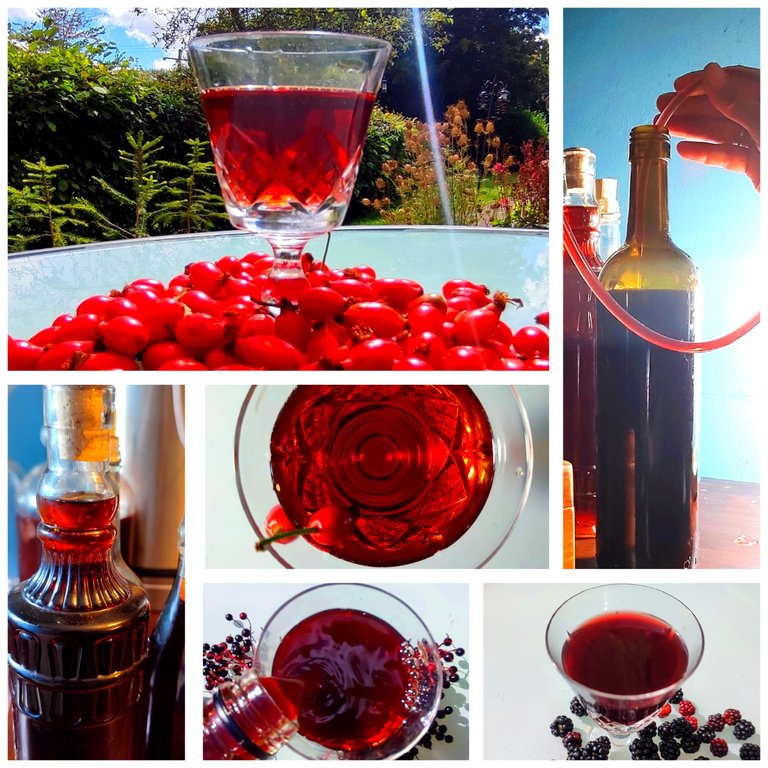
The berries are starting to ripen, and it’s time to clear out my fermenters so I can start making more wine! I don’t drink much myself, but I enjoy experimenting with different techniques and seeing how they turn out. It’s all part of the fun!
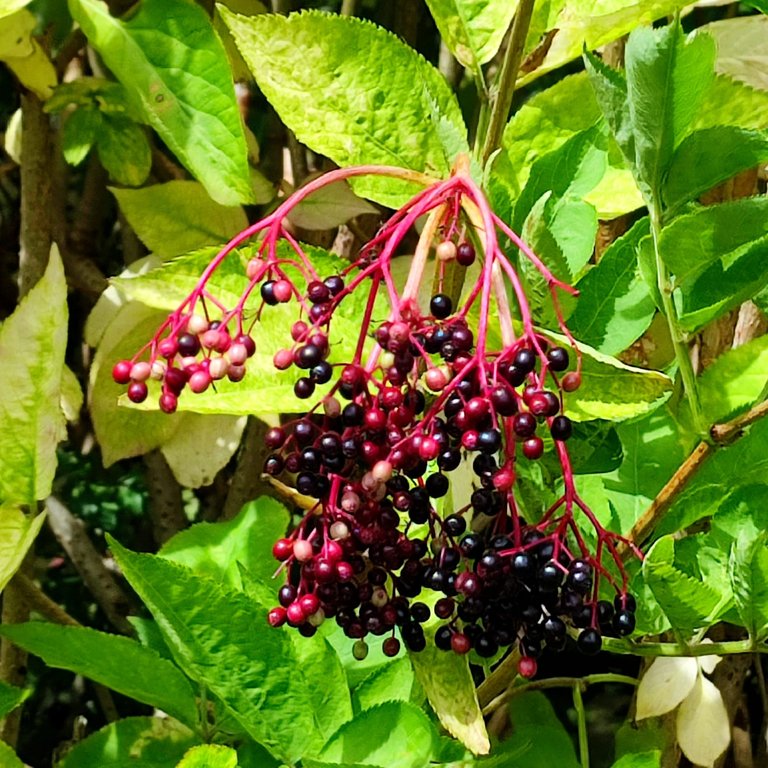
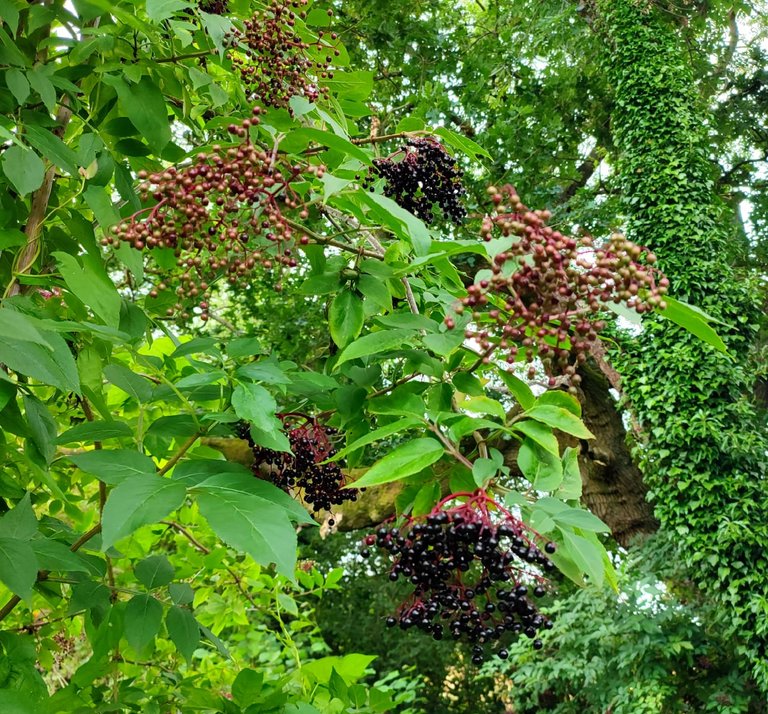
Elderberries
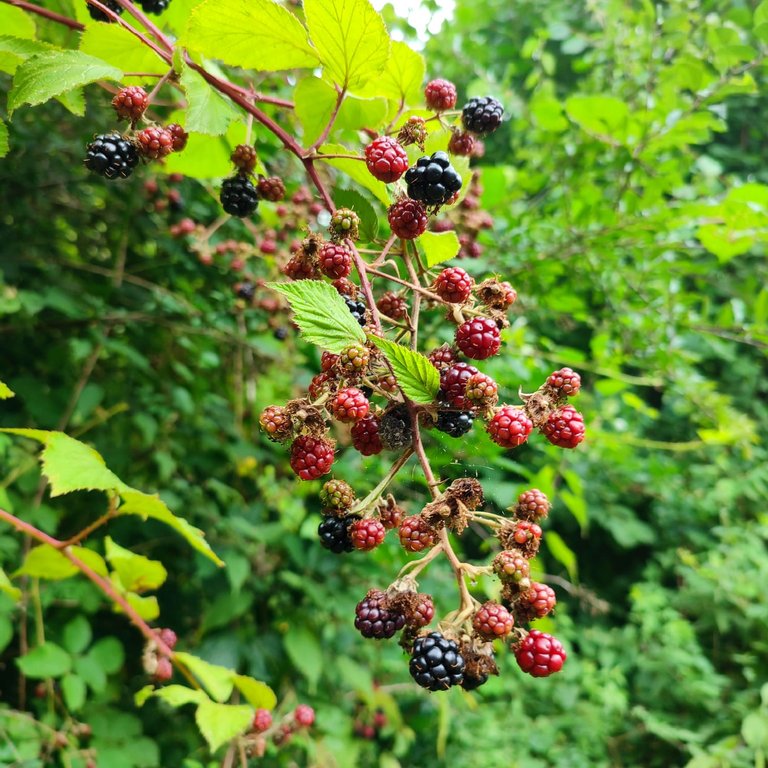
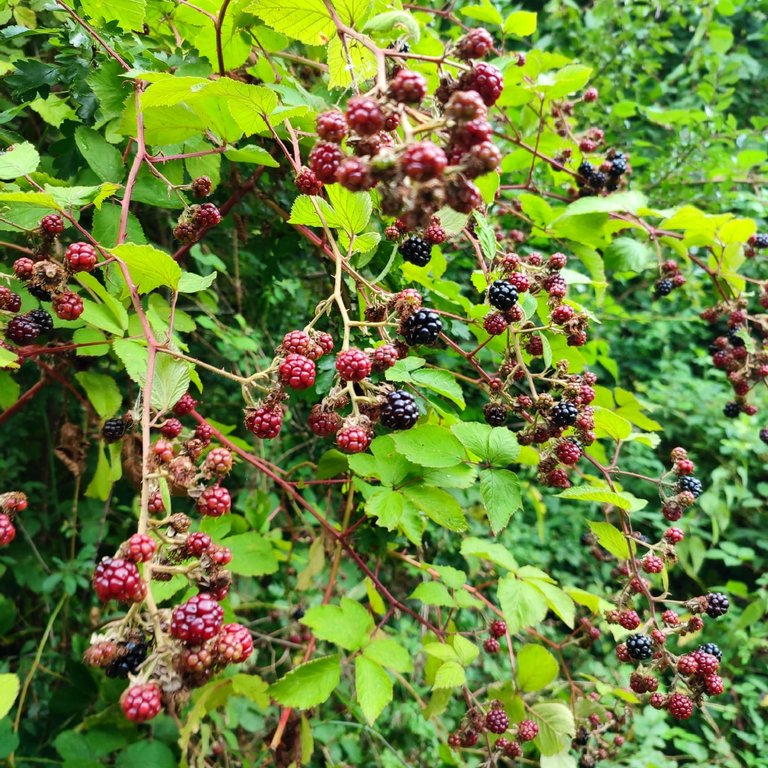
Blackberries

Rosehips
Last year, I made some wines using only what nature offers, and now it’s time to bottle them up! I really enjoy sticking to the traditional methods. With just the basics—ingredients and equipment—we can make wine the old-fashioned way, and it’s so rewarding!
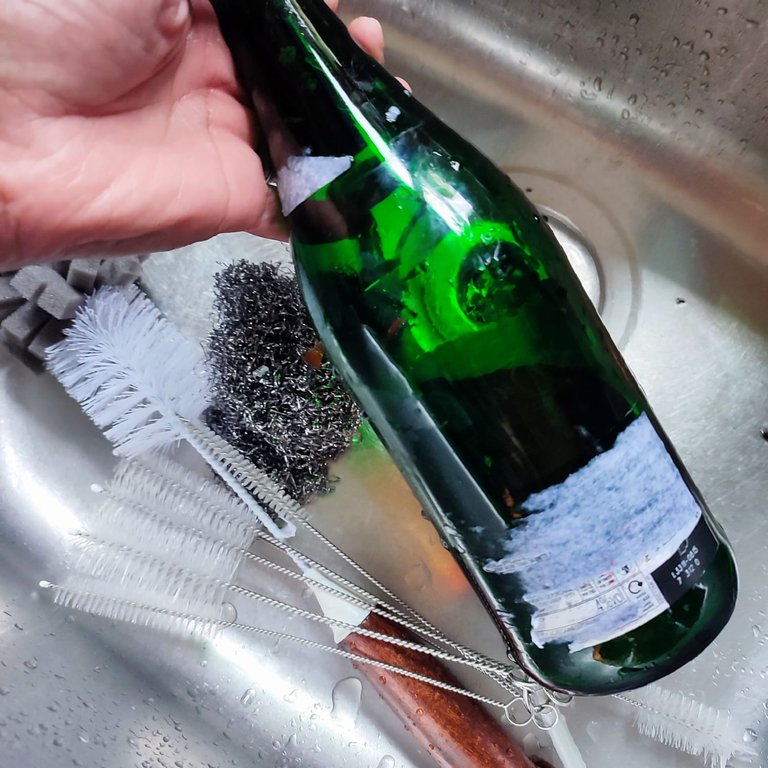
The rising cost of glass bottles urged me to collect them.
I clean them with assorted brushes.
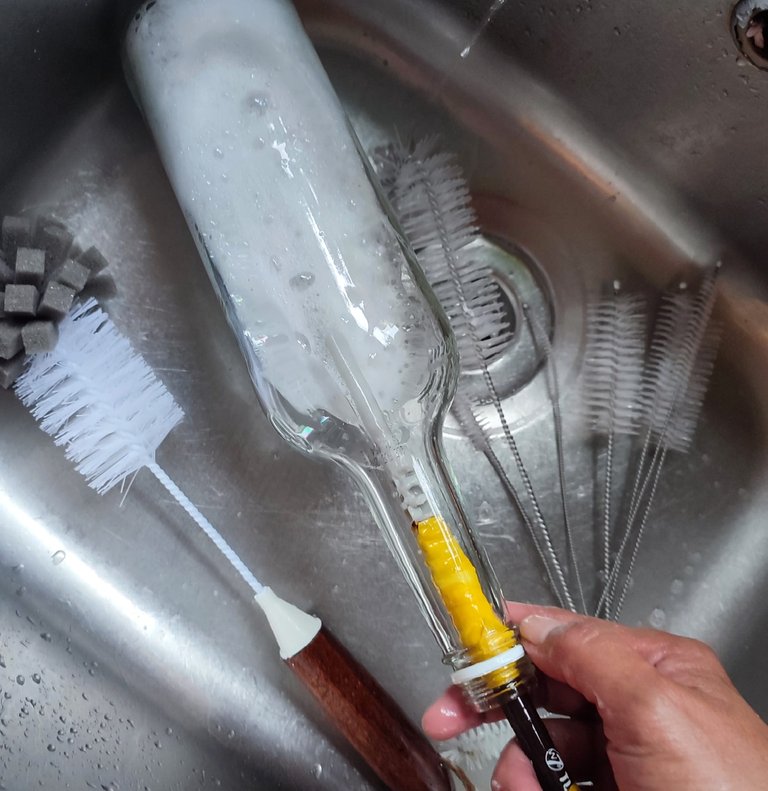
Peeling the labels and removing the glue that sticks on the bottle, I find that rubbing oil on the sticky glue removes it easily. The oil melts the glue.
It takes a lot of patience, but it is quite satisfying when one turns sparkly clean.

To sterilize, I place the bottles in the oven on gas mark 3 for 20 minutes. I make sure they are not touching each other, as the bottles expand when heated and can cause breakage.
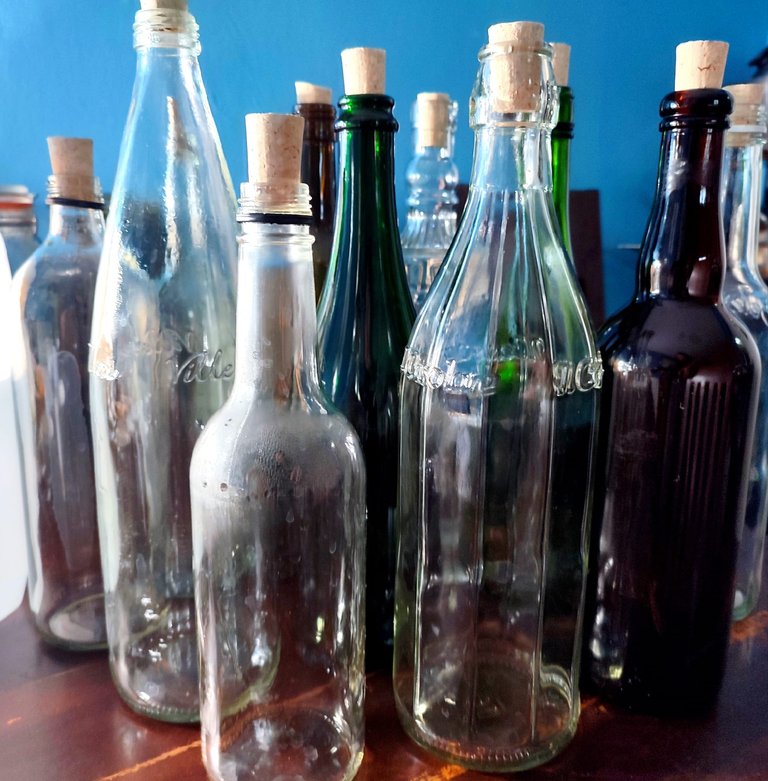
I let them cool before taking them out of the oven.
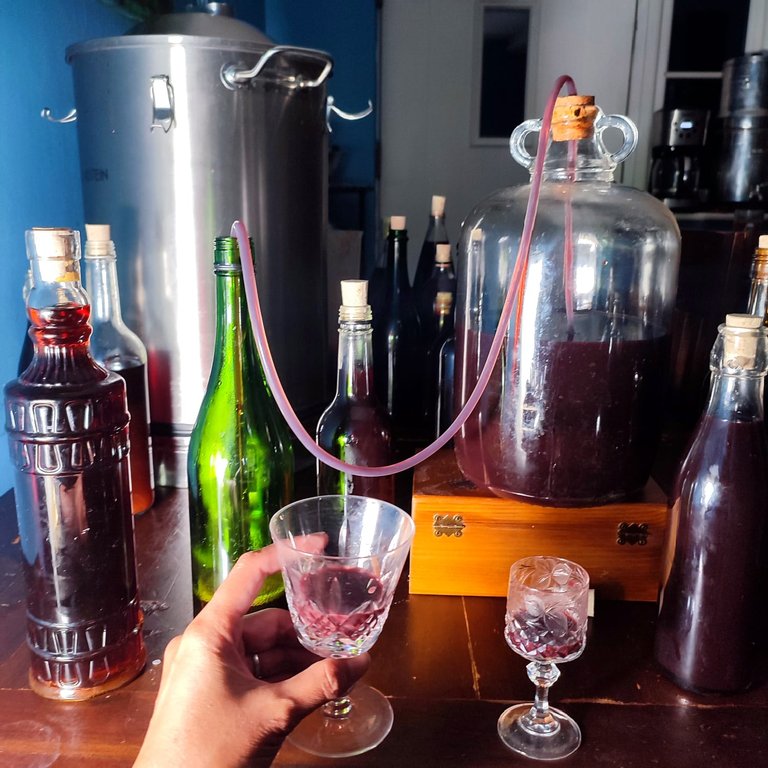
So, I bottled the blackberry, rosehip, and elderberry wines. They are the most abundant berries available here.
With this batch, I did not use any shop-bought ingredients like pectolase to clear the wine.
I also did not use commercial yeast; I used my elderflower yeast, which I collected last spring.
I also did not stop the fermentation using the Campden tablet, as Campden can cause headaches. I just let the fermentation continue. So, I estimate that this wine contains at least 18% alcohol.
As I did not use yeast nutrients, I kept the berries during the whole fermentation to supplement the yeast and help keep them alive so that they could convert as much sugar into alcohol as possible. This also gave the wine more body, taste, and color: more nutrients and antioxidants. The only thing is, you’ll have some straining to do.
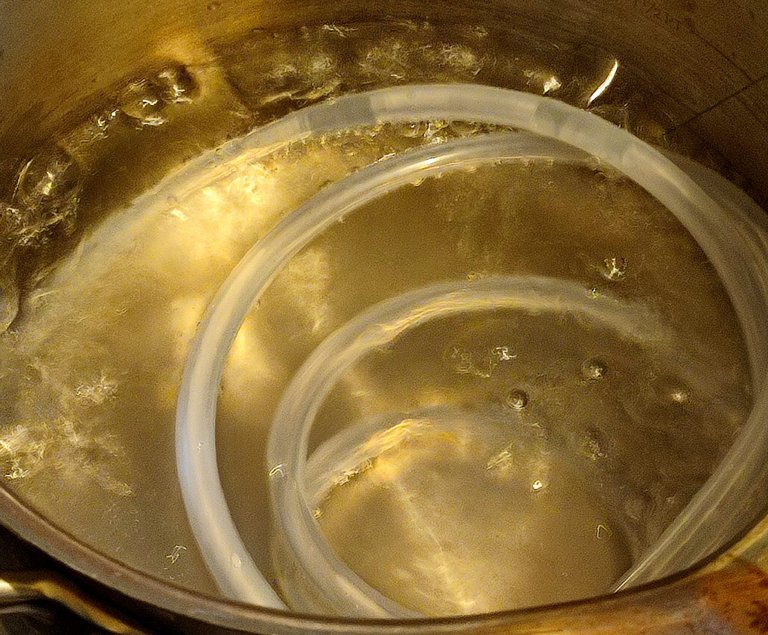
I used a sterilized silicone tubing (I boiled it for 20 minutes.)
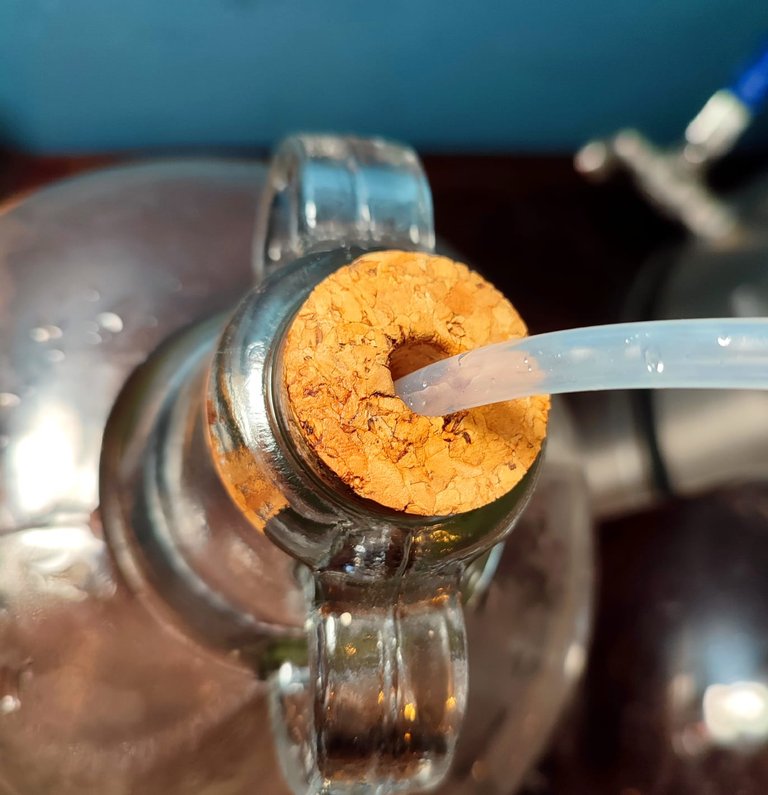
The tubing fitted nicely on the fermenter cap/vent, keeping alcohol not to evaporate so much.
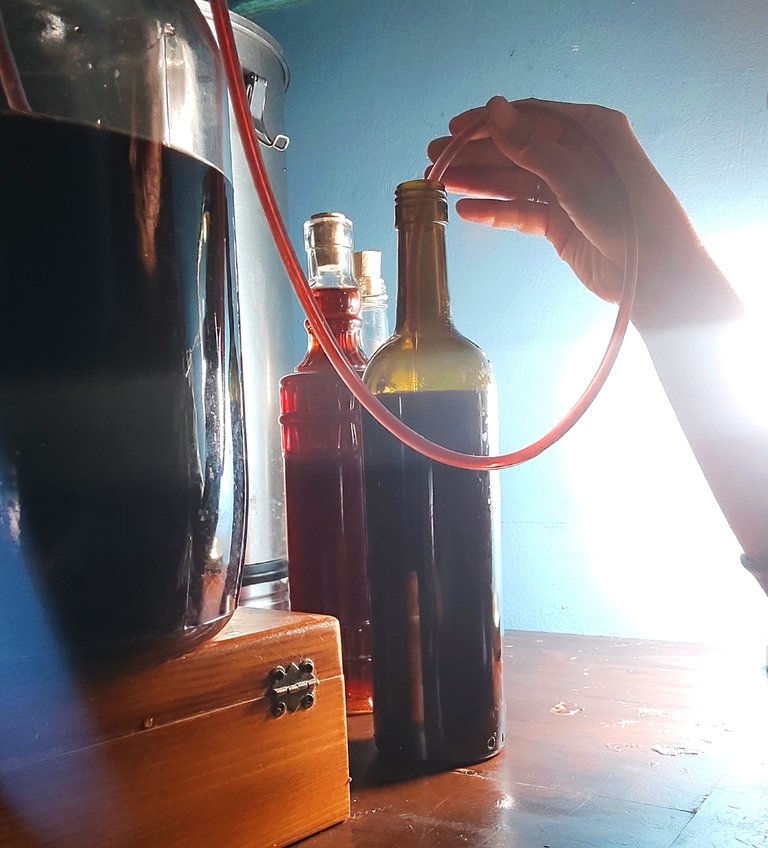
I tried to bottle them in a closed system as possible so the alcohol wouldn't evaporate.
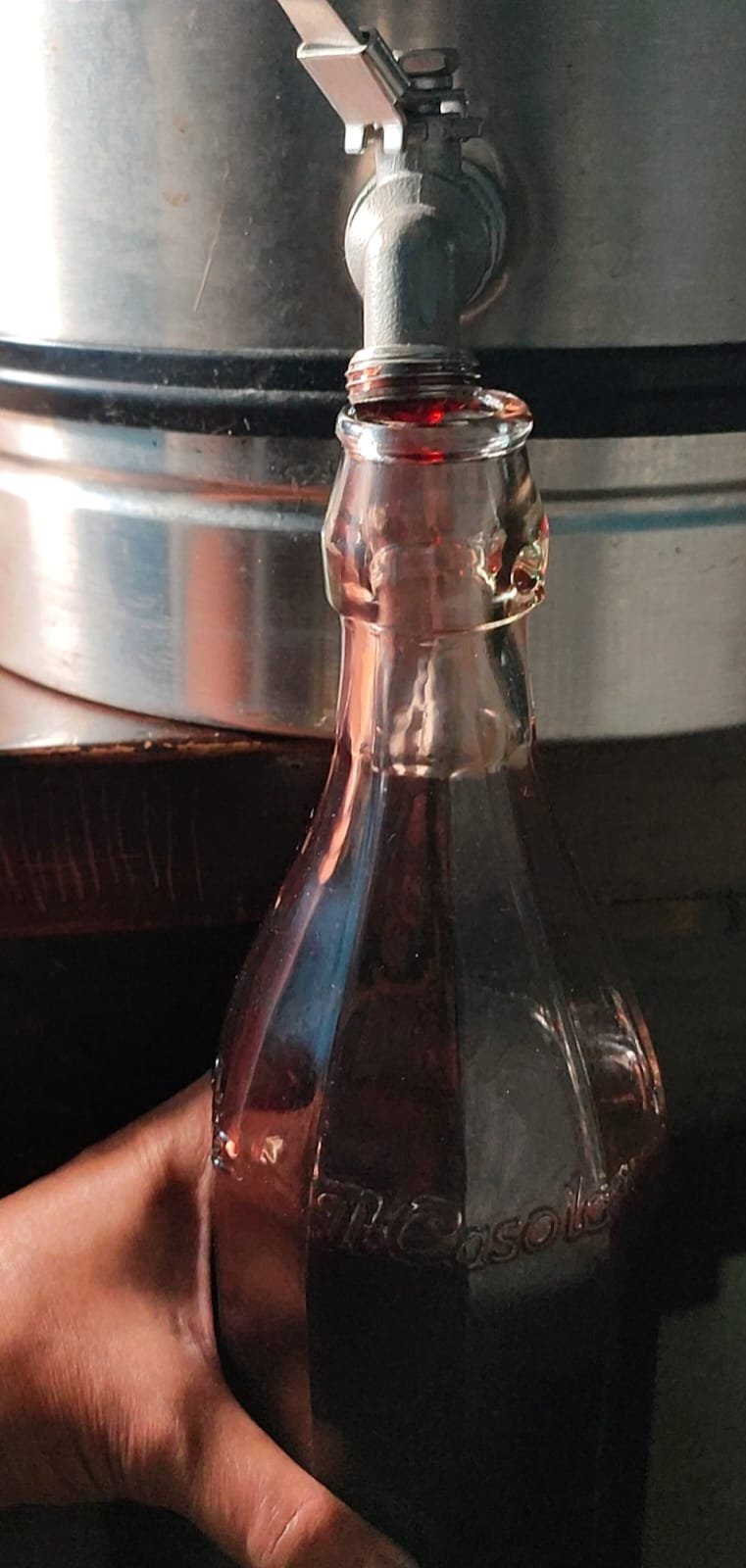
However, during the bottling process, the place smelled of alcohol fumes.
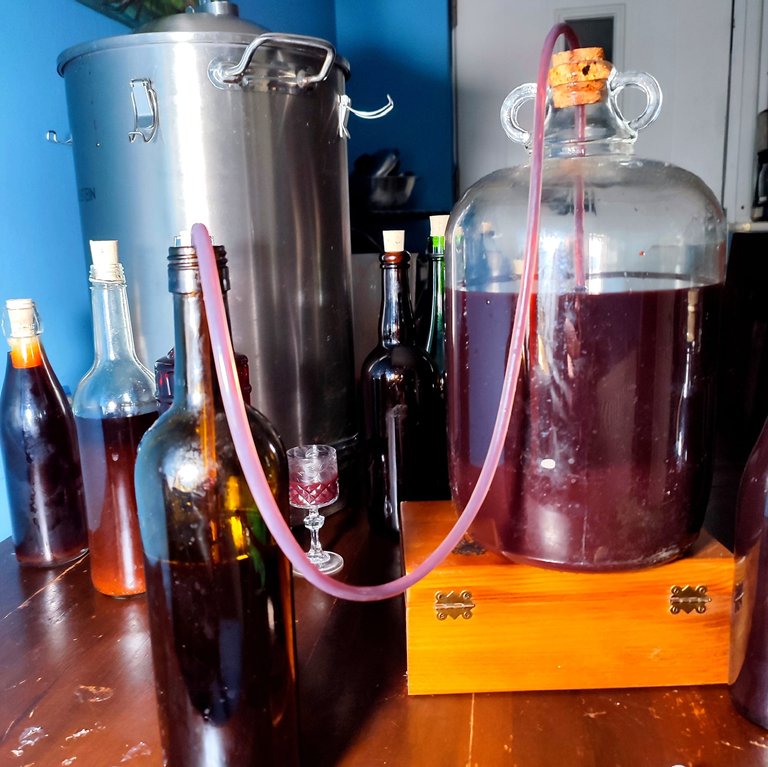
Like watching a blood transfusion (haha), my favorite part of the wine-making process is bottling, as I get to drink and compare the wines.

Out of 5 liters of Rosehips must, I only yielded 2.5 liters of wine. Rosehips have a lot of pectin, and as I did not use pectinase to clear them, I only yielded half. The rest was turned into a mash.

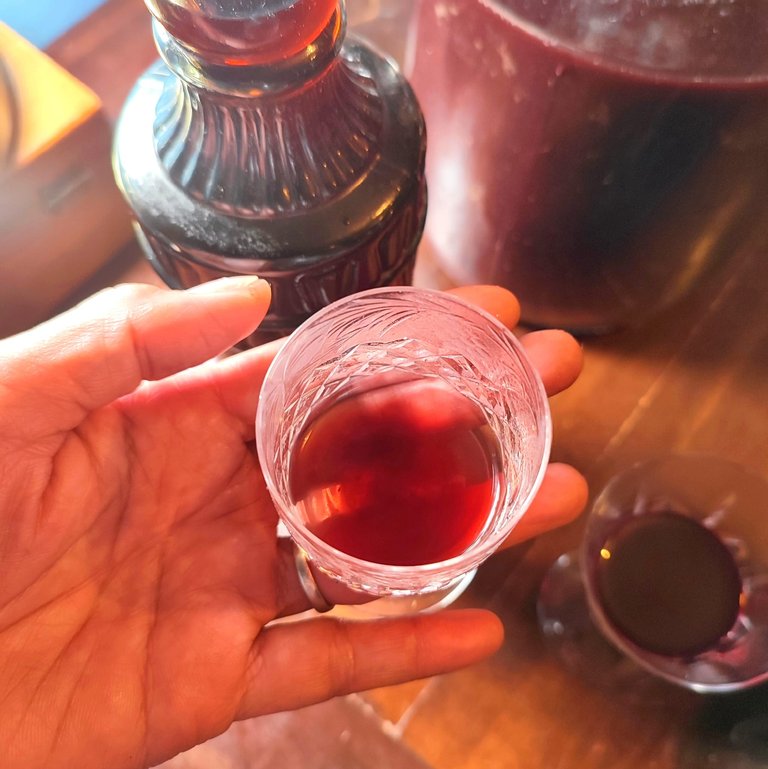
During the bottling, I had to keep tasting, and it made me tipsy!
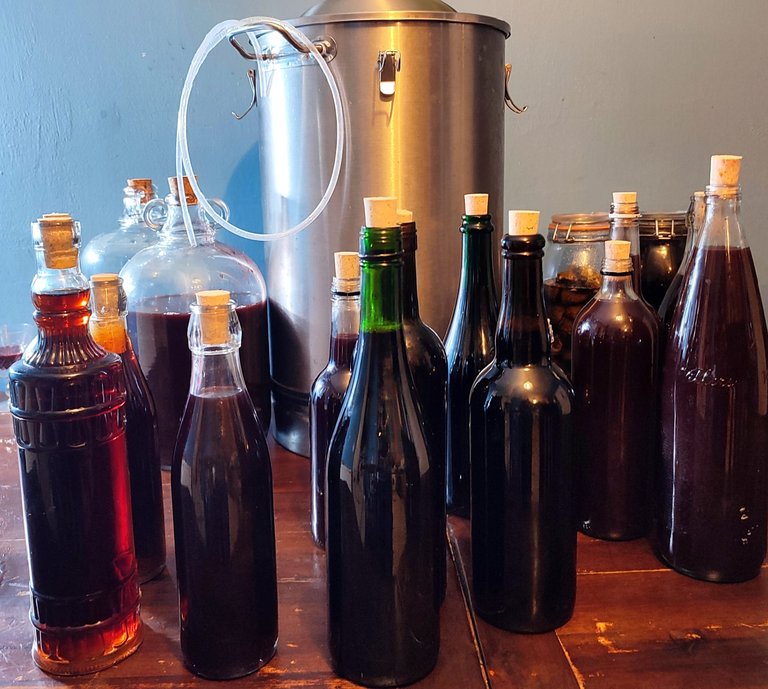
I bottled most of the wine but still need a few more bottles.
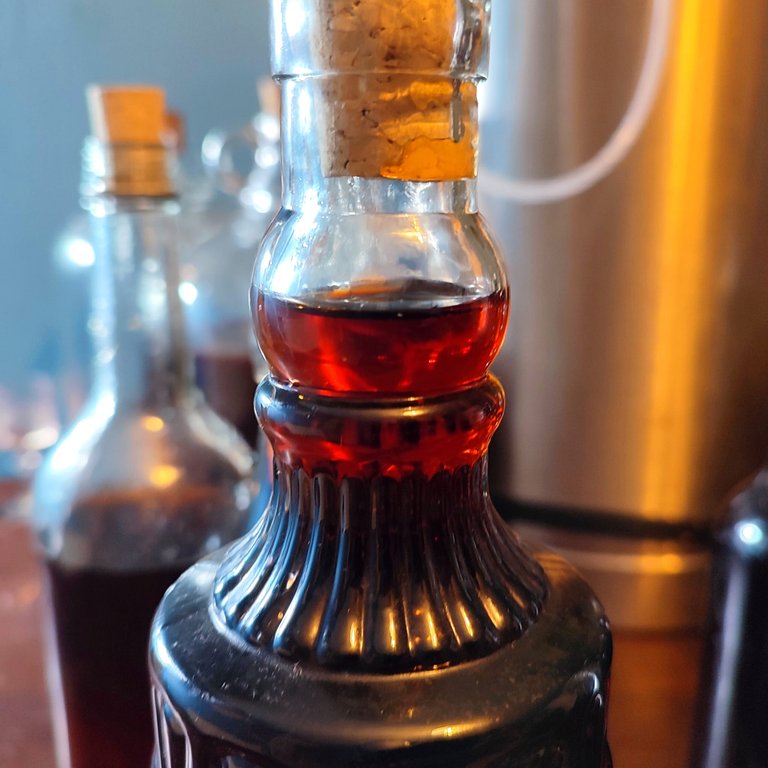
I was admiring these traditionally made wines. They consist only of Fruits, water, sugar, and the magic of natural yeast.
These wines speak for themselves.
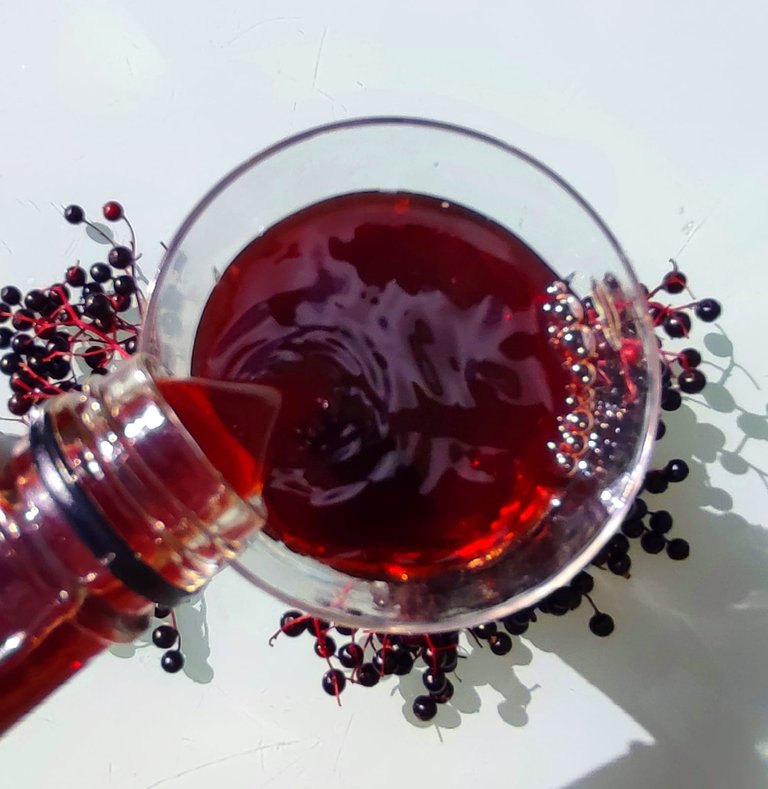
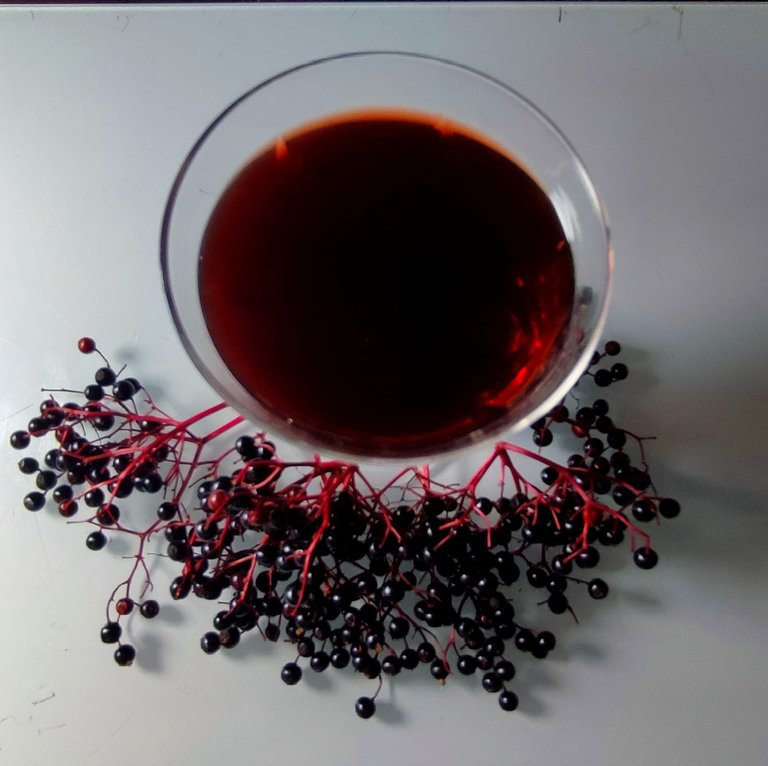
This is elderberry wine. It almost tastes like port. I can easily drink a glassful, but it also has strong alcohol in it.
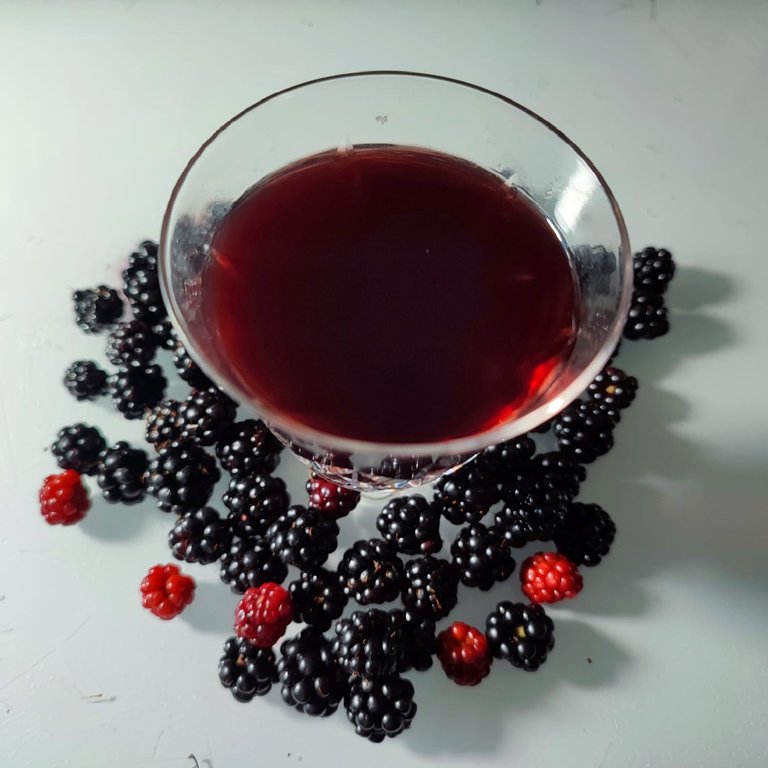
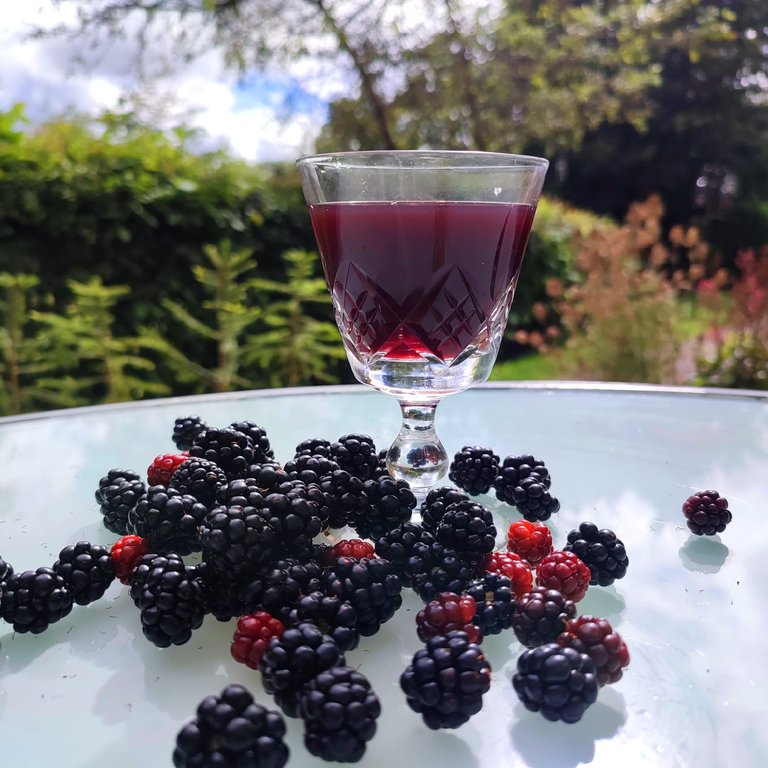
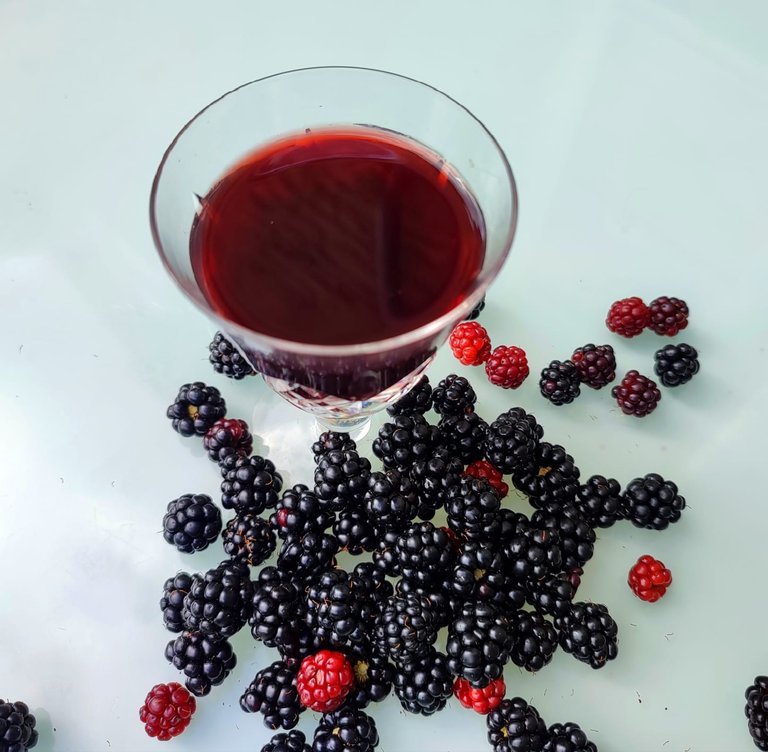
The blackberry wine. This has a strong alcohol content but a pleasantly lovely taste, very fruity and not so sweet.
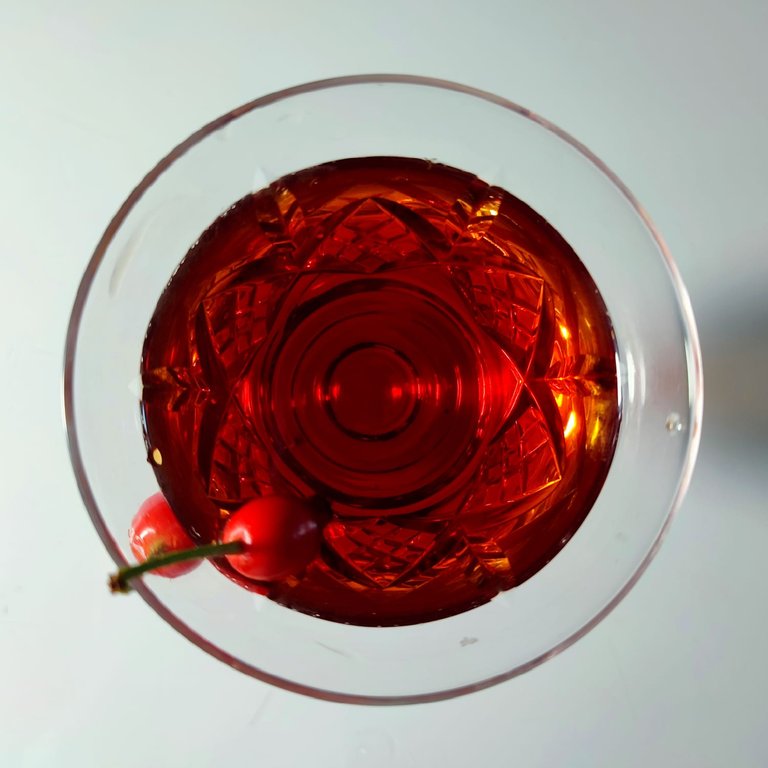
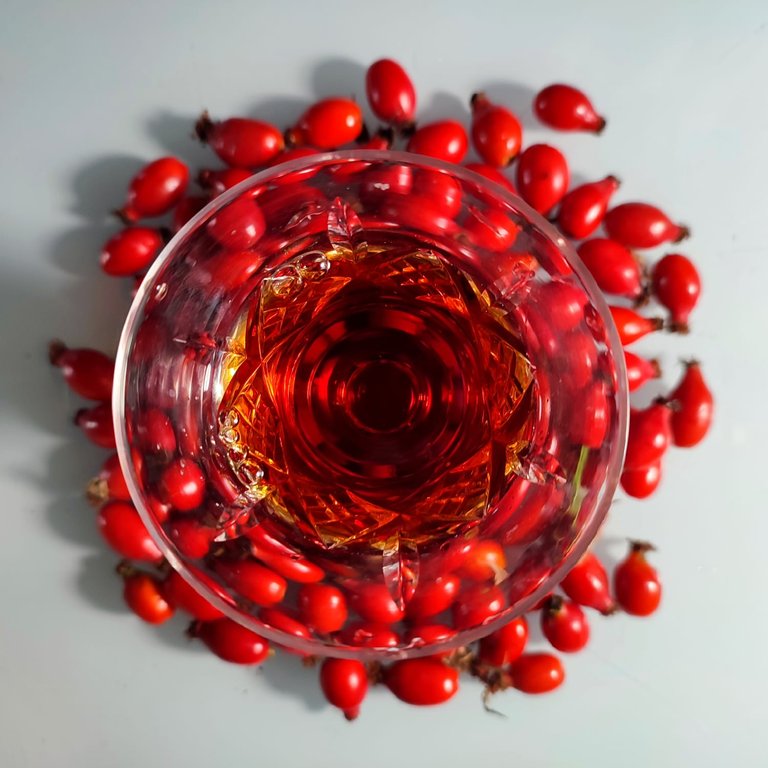
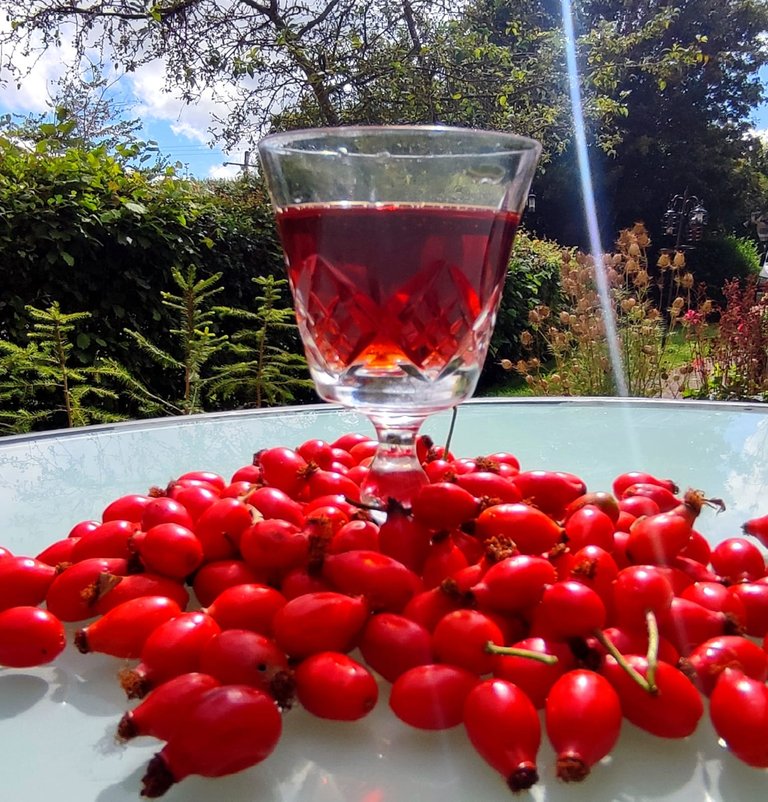
The rosehip wine has a smaller yield but is amazingly nice. It also has a beautiful, sparkly colour. It's citrusy and fruity with sweetness and lots of alcohol content.
They are all lovely wines with an amazing fruity taste, are full-bodied with beautiful colour, and are definitely alcoholic ;)
I look forward to making more once the berries are fully ripe in a couple of weeks, and I hope to share the process with you.
Have a wonderful day, everyone. 😊
Mariah 💚